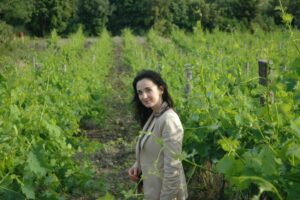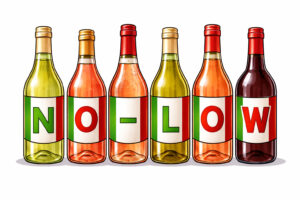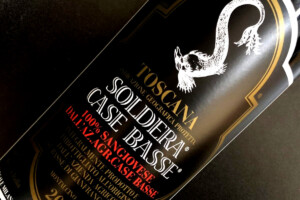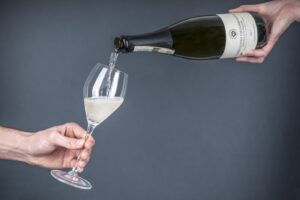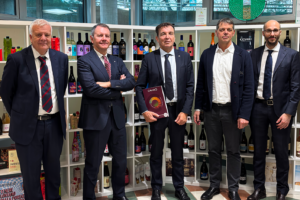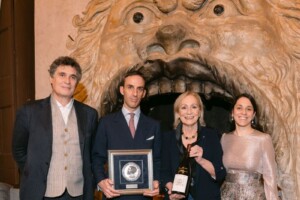Among the biggest problems the Italian food industry has to deal with, there is a very long chain that goes from the farmer to the consumer through an unknown number of intermediate steps, in which the cost increases, practically for no reason and it is always the end of the chain that pays: the farmer, who gets paid less and less for raw materials, and the consumer who has to pay extremely high prices for fruits and vegetables (and, of course, any other product in the agro-industrial sector, from pasta yoghurt).
The Ismea (Institute of Services for agro food markets) report "Check-up 2012: the competitiveness of Italian agro food products", including a wide range of statistics spreading over the last 10 years and the comparison with the dynamics of the other EU countries, reports on the state of the Italian agro-food sector.
In the case of fresh produce or not subject to industrial processing, in a decade the remuneration of the agricultural phase was reduced nearly 6 euros out of every 100 euros spent by the consumer. In other words, the share of value "withheld" from agriculture went from 25.6% in 2000 to 20% in 2009, in the same period the margin for all activities that occur between the "gate" of farm and the point of final sale increased. So, the so-called marketing share, which pays for logistics, distribution and sales and includes payment of taxes on consumption, in 2009 reached a market share of 73% of the value chain, while it was 68% in 2000.
In the case of processed products, the agricultural share dropped even further, from 8.5% in 2000 to 6% in 2009. The industrial share also dropped in value (from 45.8% to 42.2%), while the distribution margin increased from 39 to 42%. A gradual decrease in agriculture is also confirmed by farmers’ incomes. Over the last decade, according to Eurostat data, the amount remaining to the farmer, after paying wages, taxes and depreciation reduced 68% at current values. When Community contributions are included the reduction is less pronounced (less 47%), but still much higher than the EU average. The origin of this phenomenon - says Ismea – is the gap between the prices received by farmers and the costs of production. From 2001 to 2011, the prices of agricultural products have grown at an average annual rate of 1.8%, related to a 2.7% more for costs connected to the current production procedures. Another factor affecting the sector is consumption of Italian households, down 1.3% in 2011, after a prolonged period of stagnation. Economic hardship and the effects of high cost of living have led households to reduce food consumption in the past considered unthinkable. However, sales abroad were able to at least partly compensate for the lack of growth in domestic demand.
However, agribusiness exports are still low. Italy, in fact, impacts exports of agricultural production at 11.4% and industrial foods at 17.8%, which are both lower than the EU average, and its main competitors (Spain, France and Germany). Italian exports of food products grew 12.8% in 2010 and 8.5% in 2011, driven primarily by demand outside the EU, while in the medium term (2006-2011) the annual increase was on average 6.2%. 68% of exports are restricted to EU countries. The rest of the world instead absorbs less than a third, while traditional markets like the U.S. and Switzerland hold a leading role. There is still a poor showing on emerging country markets, although exports are up especially in China and Russia. So far this year, said Ismea, exports of agricultural products and foodstuffs are up 4.2% (first 5 months of 2012), while annual imports fell 2.7%. In the first six months the gap between revenue and cost prices as got even bigger: the first was down 2.5% and the latter an average increase of 2%.
Focus - Coldiretti says, “it is disastrous that for every euro spent for food only 20 cents reaches the farmers’ pockets”
"It is particularly significant that for every euro spent for food only 20 cents reaches the farmers’ pockets and the rest is lost in the maze of the supply chain”, said Coldiretti, the Association of Italian Farmers, commenting on the Ismea report "Check-up 2012: the competitiveness of Italian agro food products” on the state of health of the sector.
Price reductions paid to farmers, due to the dominance of other actors in the supply chain contract, weighs negatively on Italian agriculture profitability, but so does unfair competition due to the lack of transparent information to consumers, who then pass off imported products for Made in Italy.
"There is a lack of justice and truth in the supply chain to consumers”, says the president of Coldiretti Sergio Marini, “made possible by the lack of politics”. Yet the Italian agricultural model is successful in the world, where it wins first prizes in quality, authenticity and sustainable production, but also in added value per hectare of land or the net wealth produced per unit area, which is practically twice that of Germany, France and Spain and three times, that of England.
"It is in response to the crisis that is gripping the country and to bring justice and truth that we started”, - said Marini, - “the project “Italian agricultural supply chain”. It is a commitment that on one hand is for the preservation of Italian agriculture, respect for the environment and biodiversity, on the other hand it guarantees consumers quantity and quality, authenticity and food safety, meeting both the needs of consumers and producers”.
Copyright © 2000/2026
Contatti: info@winenews.it
Seguici anche su Twitter: @WineNewsIt
Seguici anche su Facebook: @winenewsit
Questo articolo è tratto dall'archivio di WineNews - Tutti i diritti riservati - Copyright © 2000/2026












